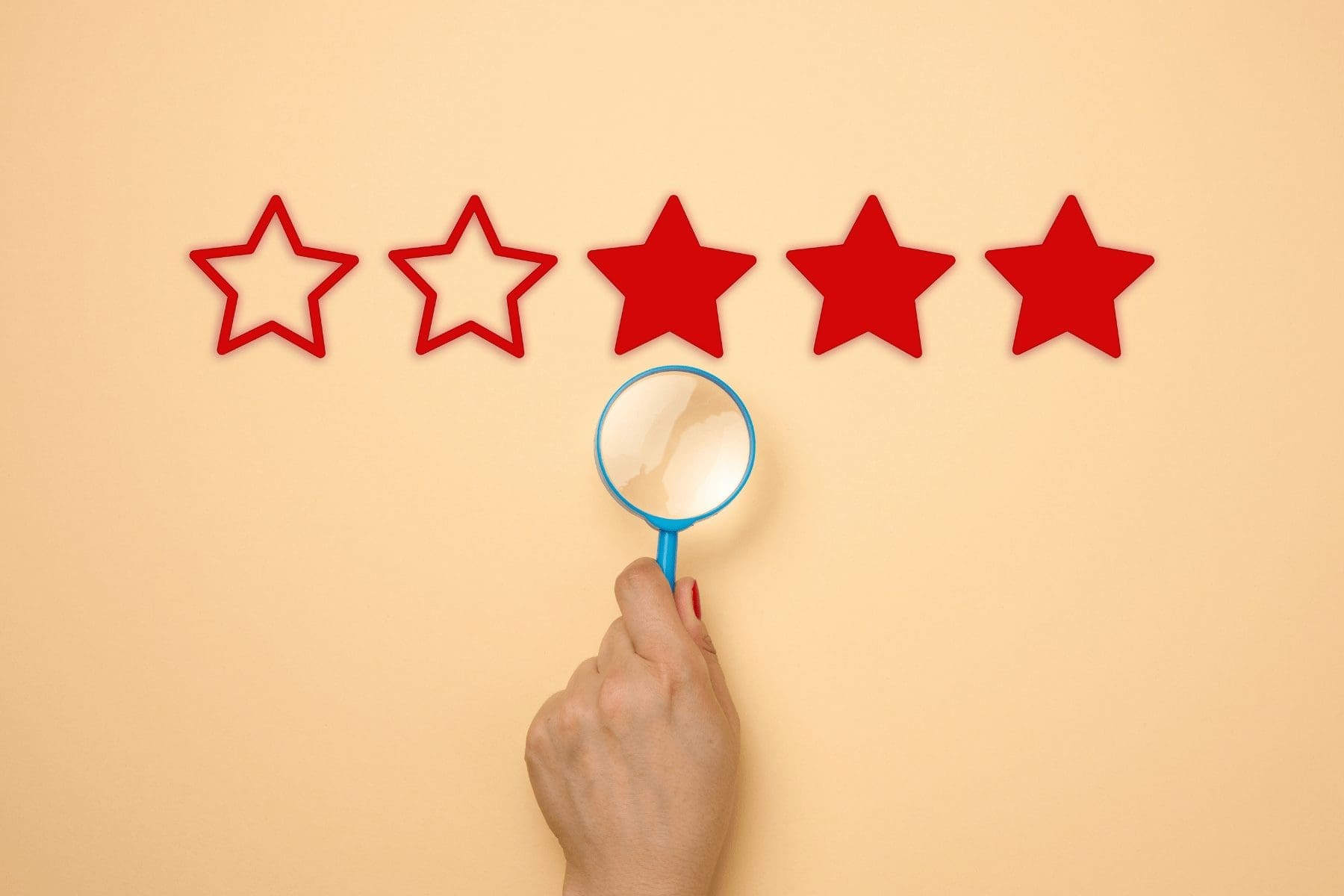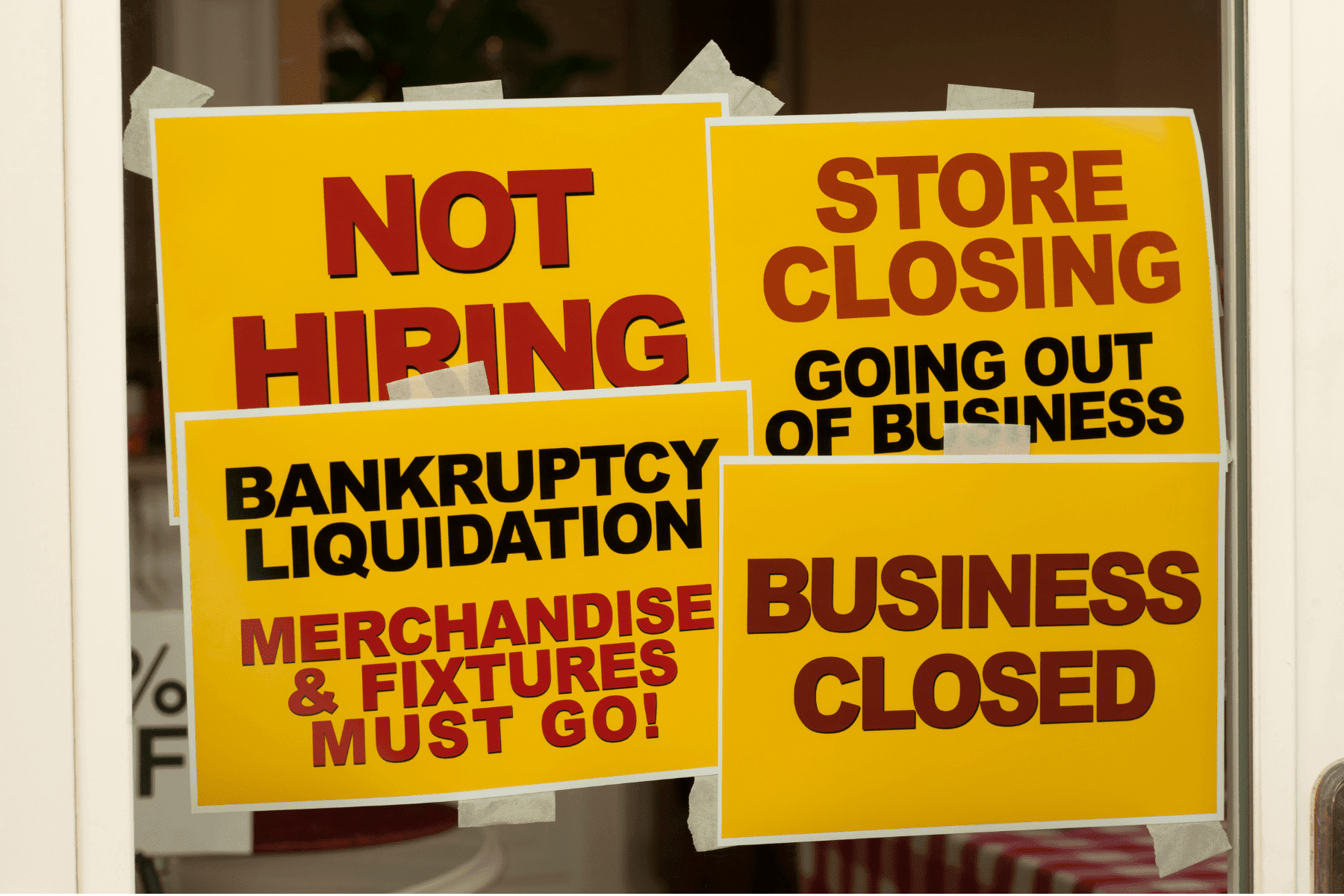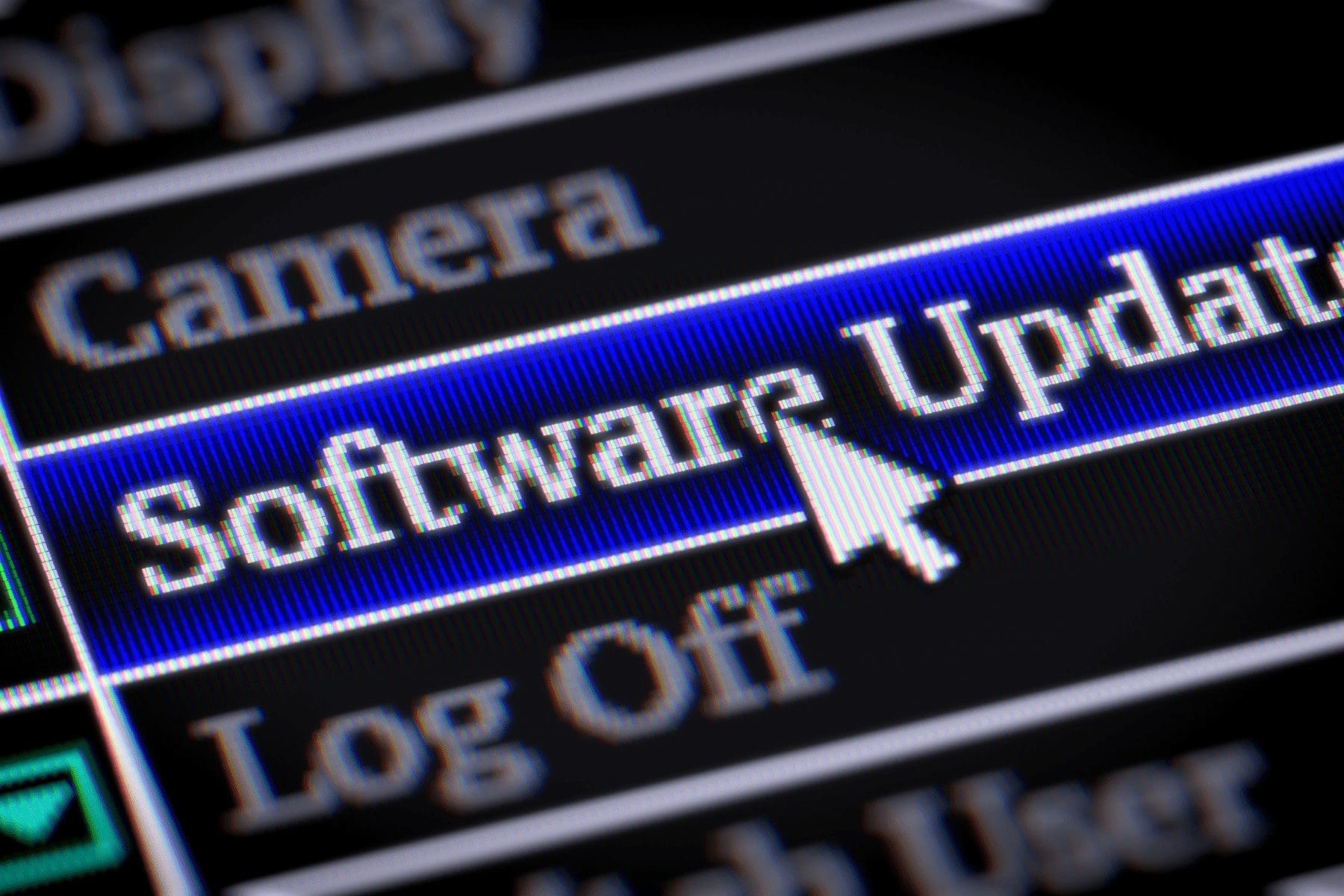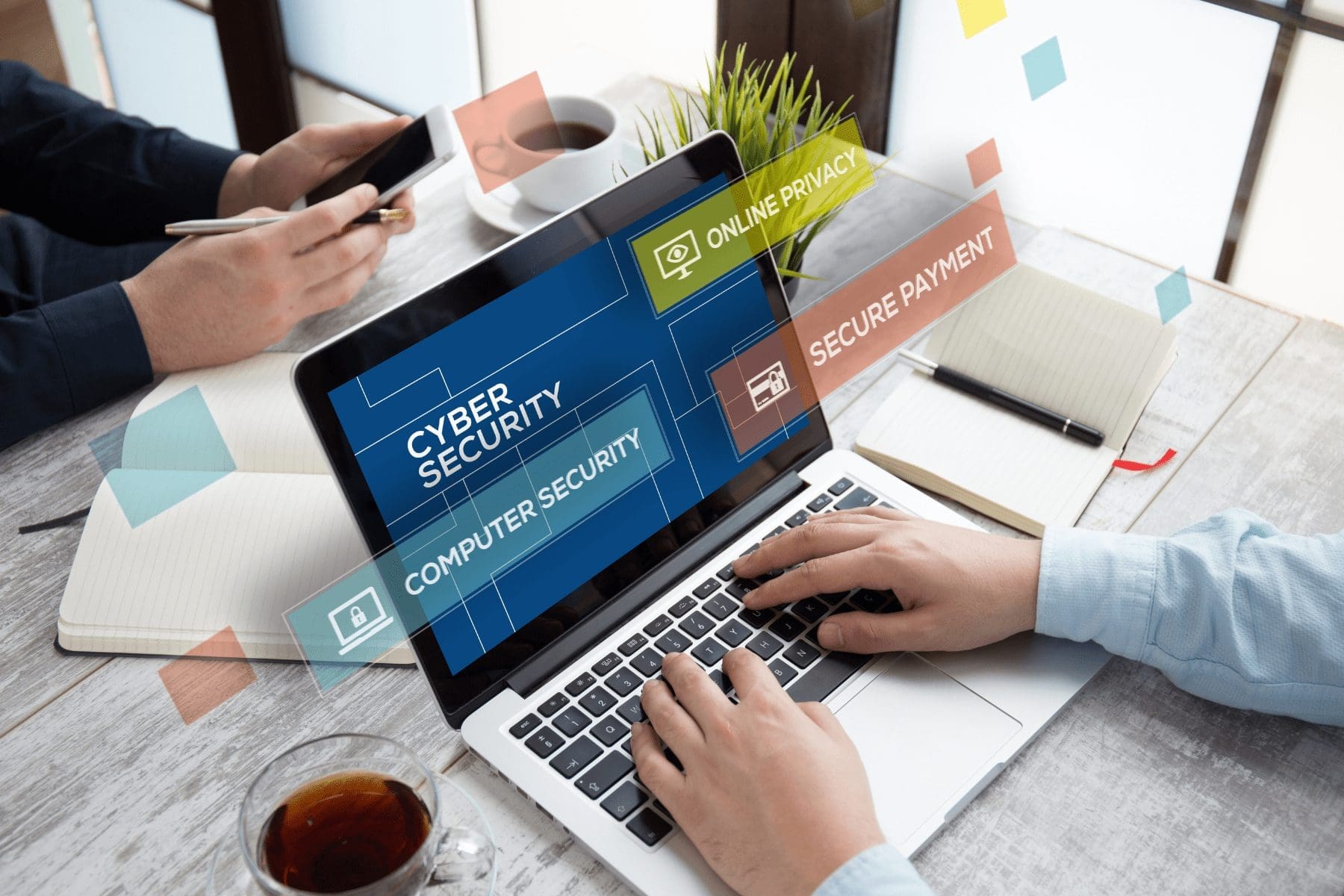The Many Forms of Reputational Risk
- Product recalls or concerns over product quality
- Allegations of poor or improper business practices
- Health or safety incidents involving either employees or customers
- Regulatory investigations
- Negative associations with third parties
The Role of Social Media
Strategies to Lower Reputational Risks
- Create strong, relevant corporate values: Upper management should create—and regularly communicate—strong corporate values that permeate every level of the business. Though these may be formed by upper management, they should reflect the values of all of your employees and stakeholders.
- Integrate a risk evaluation into business planning: Identify the opportunities, threats, and assumptions that accompany your business’s plans and strategies. Don’t assume that longstanding strategies or well-developed plans are free from reputational risks; instead, develop hypothetical scenarios to identify how your reputation could be affected.
- Promote positive interactions with customers and other stakeholders: You can strengthen your reputation before a crisis occurs by aligning your goals and connecting with your stakeholders. Customers appreciate regular and positive interactions, and you can use social media as a tool to reach out to them.
- Develop a reputation plan: Train everyone at your company on how to recognize a reputational crisis and put together a response team. Your goal should identify all potential risks to your reputation and map out a response for each. These responses should include key statements that identify at least three talking points and restate your business’s core values. If a crisis occurs, distribute relevant messages as quickly and widely as possible.
- Don’t sacrifice your reputation to protect your finances or products. It’s usually more prudent to recall a dangerous product immediately; for example, if it’s discovered that you delayed a recall at the expense of health or safety, your reputation may suffer a severe blow.
- Respond to questions and concerns. If you attempt to stay under the radar during or following a crisis, it will only cause negative attention to linger. Instead, respond to any concerns and continue to communicate your corporate values.
- Always remember the broad range of your reputational risks. Following a crisis, it may seem easy to only focus on preventing a similar incident in the future. Be sure to keep all of your risks in mind.
The Many Forms of Reputational Risk
- Product recalls or concerns over product quality
- Allegations of poor or improper business practices
- Health or safety incidents involving either employees or customers
- Regulatory investigations
- Negative associations with third parties
The Role of Social Media
Strategies to Lower Reputational Risks
- Create strong, relevant corporate values: Upper management should create—and regularly communicate—strong corporate values that permeate every level of the business. Though these may be formed by upper management, they should reflect the values of all of your employees and stakeholders.
- Integrate a risk evaluation into business planning: Identify the opportunities, threats, and assumptions that accompany your business’s plans and strategies. Don’t assume that longstanding strategies or well-developed plans are free from reputational risks; instead, develop hypothetical scenarios to identify how your reputation could be affected.
- Promote positive interactions with customers and other stakeholders: You can strengthen your reputation before a crisis occurs by aligning your goals and connecting with your stakeholders. Customers appreciate regular and positive interactions, and you can use social media as a tool to reach out to them.
- Develop a reputation plan: Train everyone at your company on how to recognize a reputational crisis and put together a response team. Your goal should identify all potential risks to your reputation and map out a response for each. These responses should include key statements that identify at least three talking points and restate your business’s core values. If a crisis occurs, distribute relevant messages as quickly and widely as possible.
- Don’t sacrifice your reputation to protect your finances or products. It’s usually more prudent to recall a dangerous product immediately; for example, if it’s discovered that you delayed a recall at the expense of health or safety, your reputation may suffer a severe blow.
- Respond to questions and concerns. If you attempt to stay under the radar during or following a crisis, it will only cause negative attention to linger. Instead, respond to any concerns and continue to communicate your corporate values.
- Always remember the broad range of your reputational risks. Following a crisis, it may seem easy to only focus on preventing a similar incident in the future. Be sure to keep all of your risks in mind.
The Last Word
It’s inevitable that every business will experience some form of reputational damage, but there are ways to limit your exposures and cover losses. Contact InsureGood Advisor today to identify your unique risks and protect your business.





